-
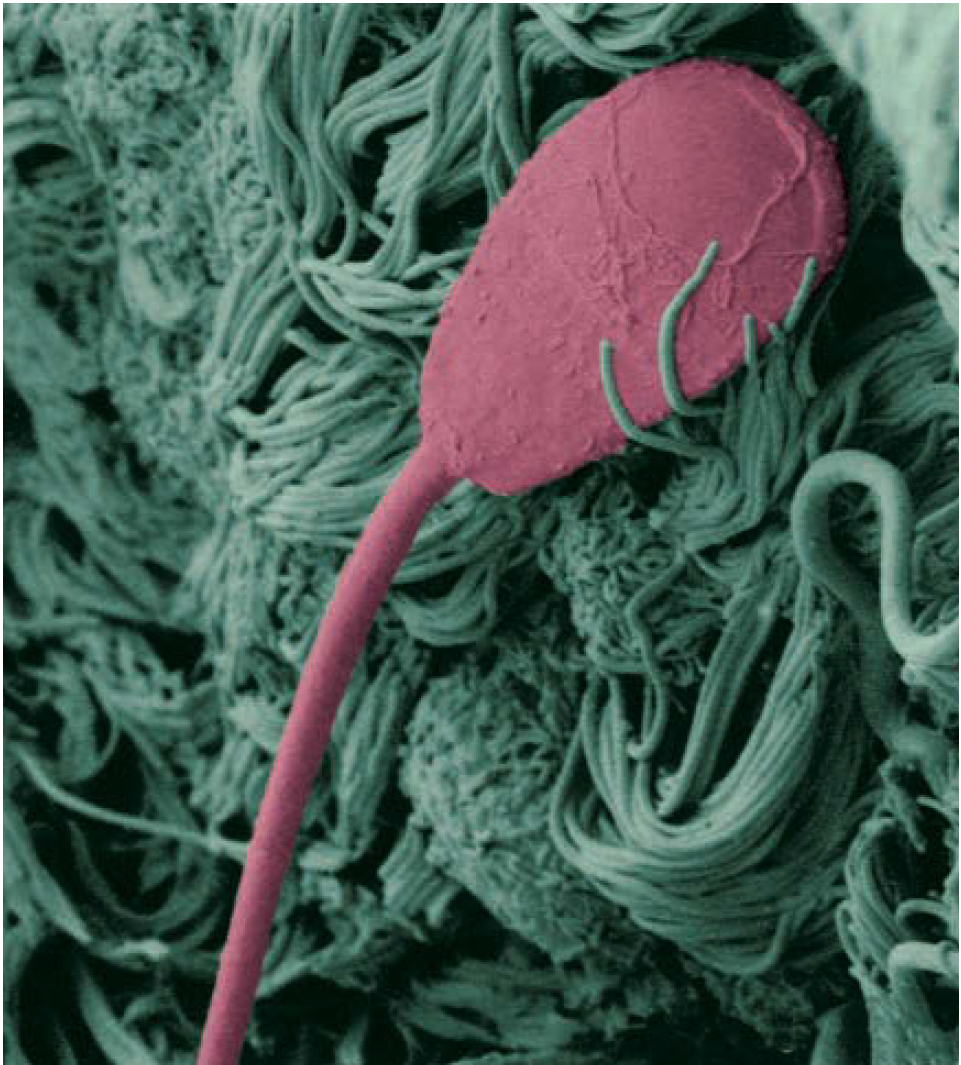
Mammalian Fertilization: Sensing Mechanism Near the Oocyte
Hyperactivation is a crucial phase in sperm migration, occurring towards the end of capacitation. It is characterized by increased swimming velocity and force, asynchronous flagellar beating, and detachment from oviduct epithelial cells. This phase enables sperm to respond differently to fluid currents and aids in their detachment from the oviduct. Thermotaxis refers to the ability…
-
Gamete Fusion and Prevention of Polyspermy in Mammals
In mammals, the side of the sperm head contacts the egg, initiating the acrosome reaction, which releases enzymes and exposes the inner acrosomal membrane. Membrane fusion starts at the equatorial region, aided by actin polymerization extending microvilli from the egg to the sperm.
-
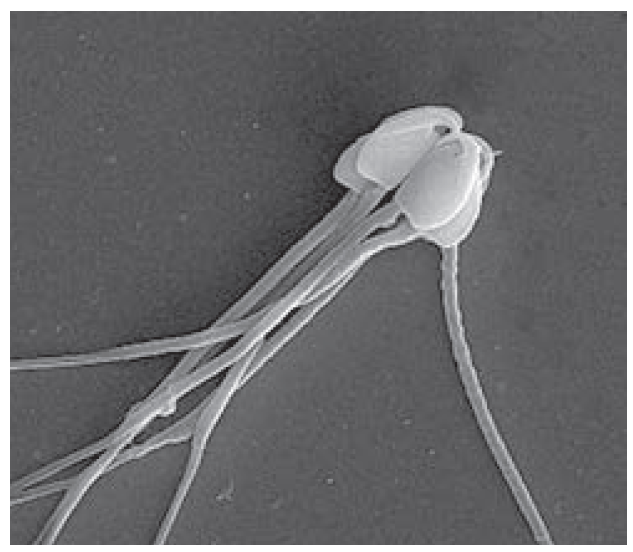
Mammalian Fertilization: Translocation
Mammalian fertilization is an intricate process occurring within the female reproductive tract, which actively regulates the transport and maturity of gametes[. The **oocyte-cumulus complex** plays a crucial role, with cumulus cells forming a protective matrix around the oocyte, aiding its transport to the ampulla of the oviduct. **Sperm translocation** involves several mechanisms, including sperm motility,…
-
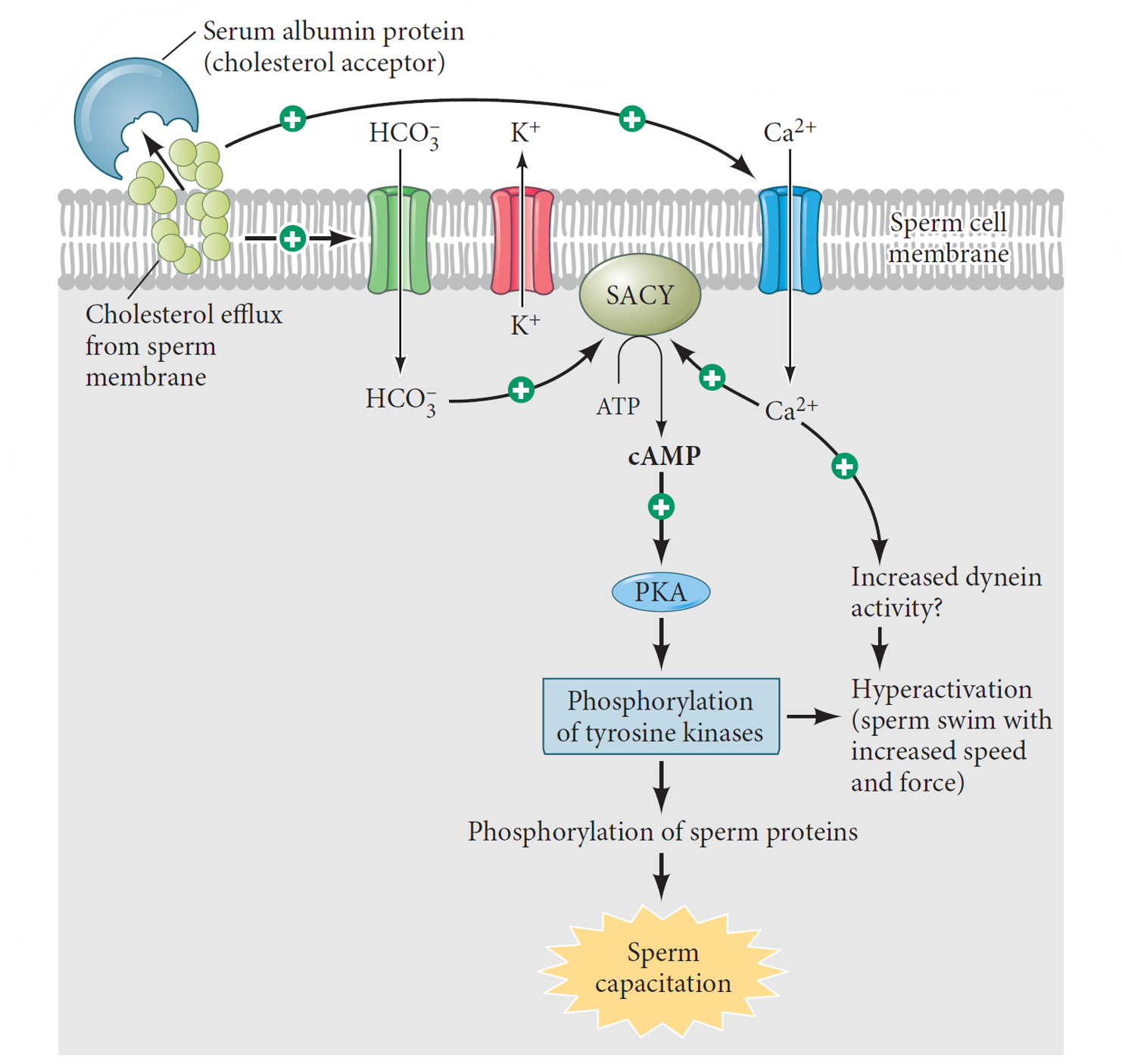
Mammalian Fertilization: Capacitation
Capacitation is a vital process that enables mammalian sperm to fertilize an egg. Unlike amphibians or sea urchins, mammalian sperm are initially immature and require capacitation during their journey from the vagina.
-

Activation of Egg Metabolism in Sea Urchins
Introduction Fertilization is a crucial step in animal development that initiates the processes that lead to development. The events that occur during fertilization happen in the cytoplasm and involve the release of calcium ions. Calcium ions play a vital role in activating the egg’s metabolism and initiating development by releasing inhibitors from maternally stored messages,…
-
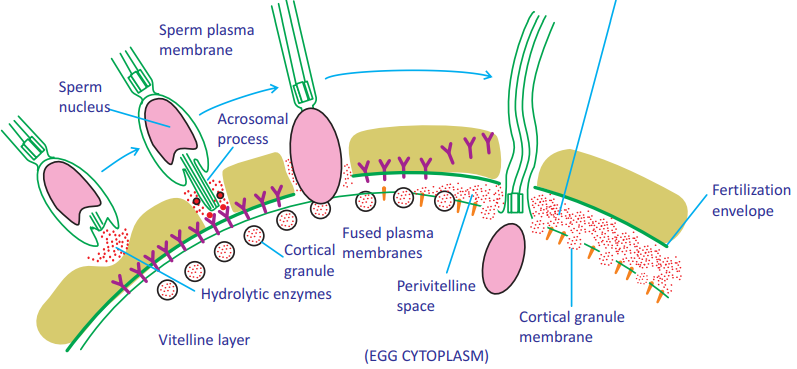
Cortical Granule Reaction (Sea Urchin)
Introduction Role of Calcium in Initiating the Cortical Granule Reaction Visualizing Calcium Release Conclusion
-
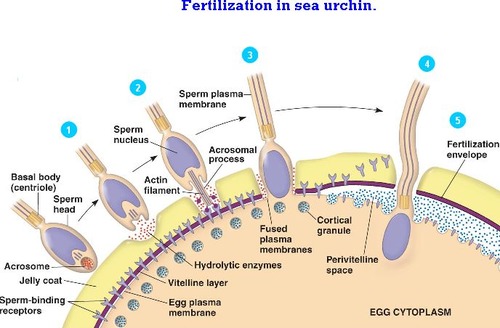
Fusion of the Egg and Sperm Cell Membranes and Polyspermy (Sea Urchin)
I. Introduction II. Fusion of Sperm and Egg Cell Membranes III. Monospermy IV. Polyspermy V. Fast Block to Polyspermy VI. Slow Block to Polyspermy VII. Conclusion
-
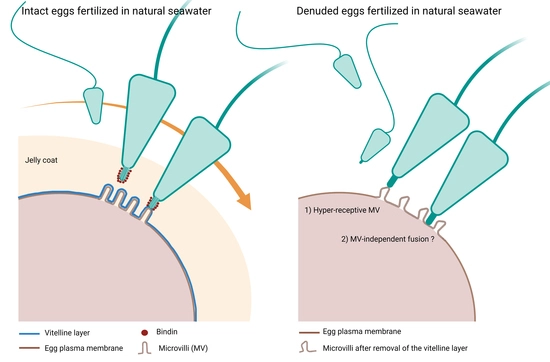
Recognition of the Egg’s Extracellular Coat (Sea Urchin)
Introduction Species-specific Recognition Events Binding of Sperm and Egg Biochemical Studies on Bindin Evolution of Gamete Recognition Proteins Conclusion
-
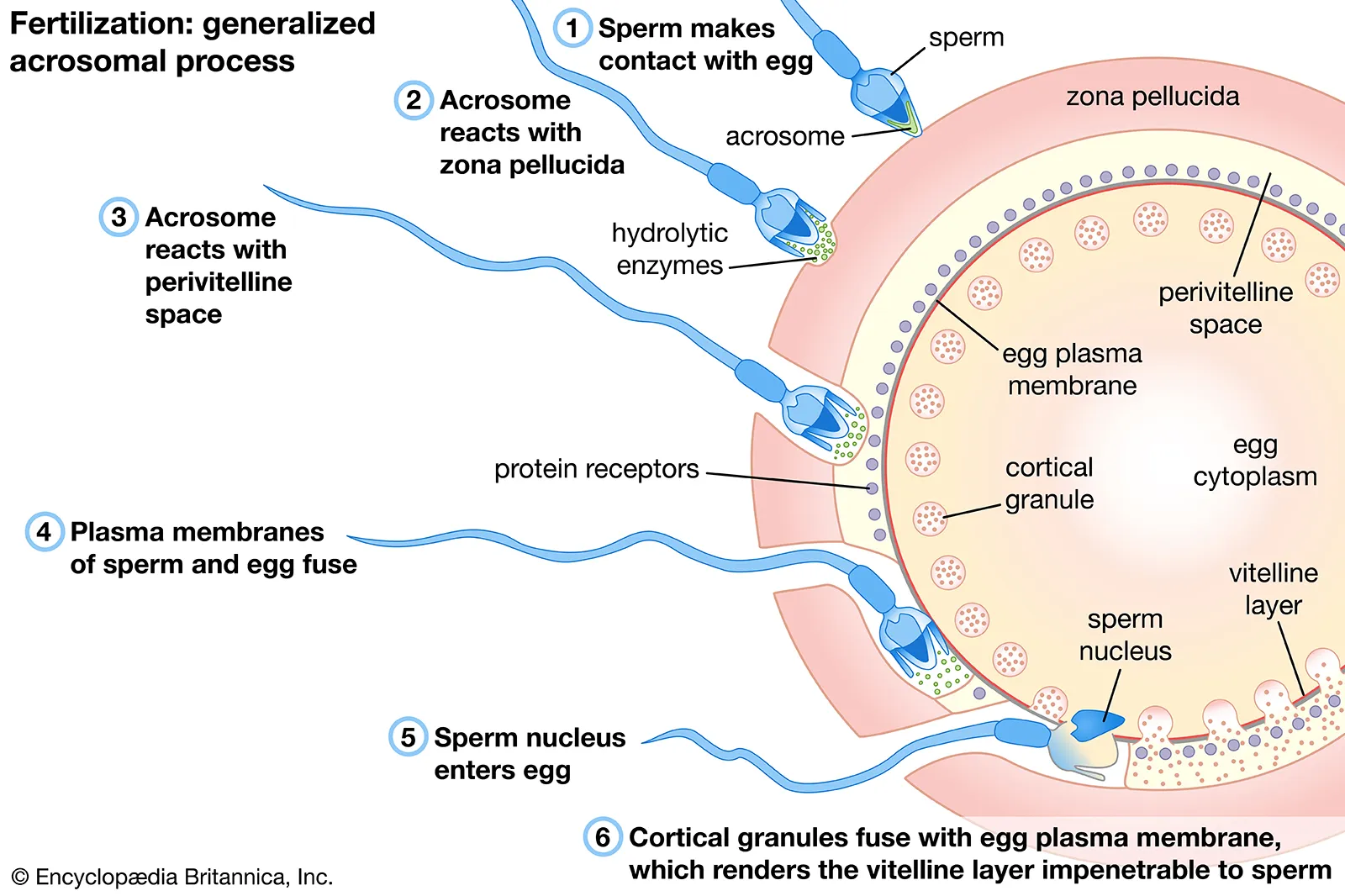
Acrosome Reaction (Sea Urchin)
Introduction Activation of the Acrosome Reaction In Strongylocentrotus purpuratus Extension of the Acrosomal Process Barrier to Interspecies Fertilization
-
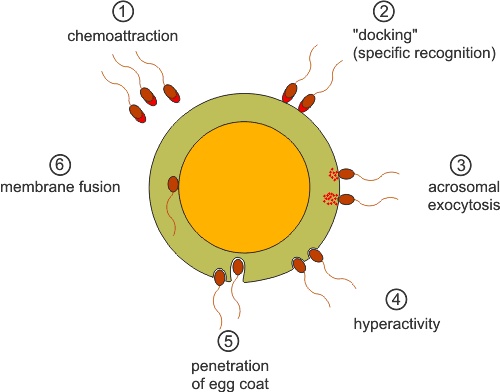
Sperm Attraction (Sea urchin)
Introduction Species-Specific Chemotaxis Resact in Arbacia punctulata Conclusion
-
Structure of Egg
Delve into the intricate structure of mammalian eggs, from their cytoplasmic components to their nucleus, membrane, and interactions with sperm. Understand the crucial role of fertilization and egg development in the reproductive process.
-

Chick embryo development
Chick embryo development is a fascinating and complex process that involves a series of morphological changes from fertilization to hatching. Chick embryos are an excellent model organism for studying development due to their accessibility and similarity to human development. The development of a chick embryo involves six major steps: fertilization, cleavage, gastrulation, neurulation, organogenesis, and…
-

Fertilization in Sea Urchin
Fertilization in sea urchins is a complex process that involves a series of steps, beginning with the release of sperm and eggs and culminating in the formation of a zygote. The release of gametes is often triggered by environmental cues, and upon contact, the sperm undergoes a series of changes, including the release of enzymes…
Categories
- Anatomy (9)
- Animal Form and Functions (38)
- Animal Physiology (65)
- Biochemistry (33)
- Biophysics (25)
- Biotechnology (52)
- Botany (42)
- Plant morphology (6)
- Plant Physiology (26)
- Cell Biology (107)
- Cell Cycle (14)
- Cell Signaling (21)
- Chemistry (9)
- Developmental Biology (36)
- Fertilization (13)
- Ecology (5)
- Embryology (17)
- Endocrinology (10)
- Environmental biology (3)
- Genetics (59)
- DNA (27)
- Inheritance (13)
- Histology (3)
- Hormone (3)
- Immunology (29)
- life science (76)
- Material science (8)
- Microbiology (18)
- Virus (8)
- Microscopy (18)
- Molecular Biology (113)
- parasitology (6)
- Physics (3)
- Physiology (11)
- Plant biology (26)
- Uncategorized (7)
- Zoology (112)
- Classification (6)
- Invertebrate (7)




